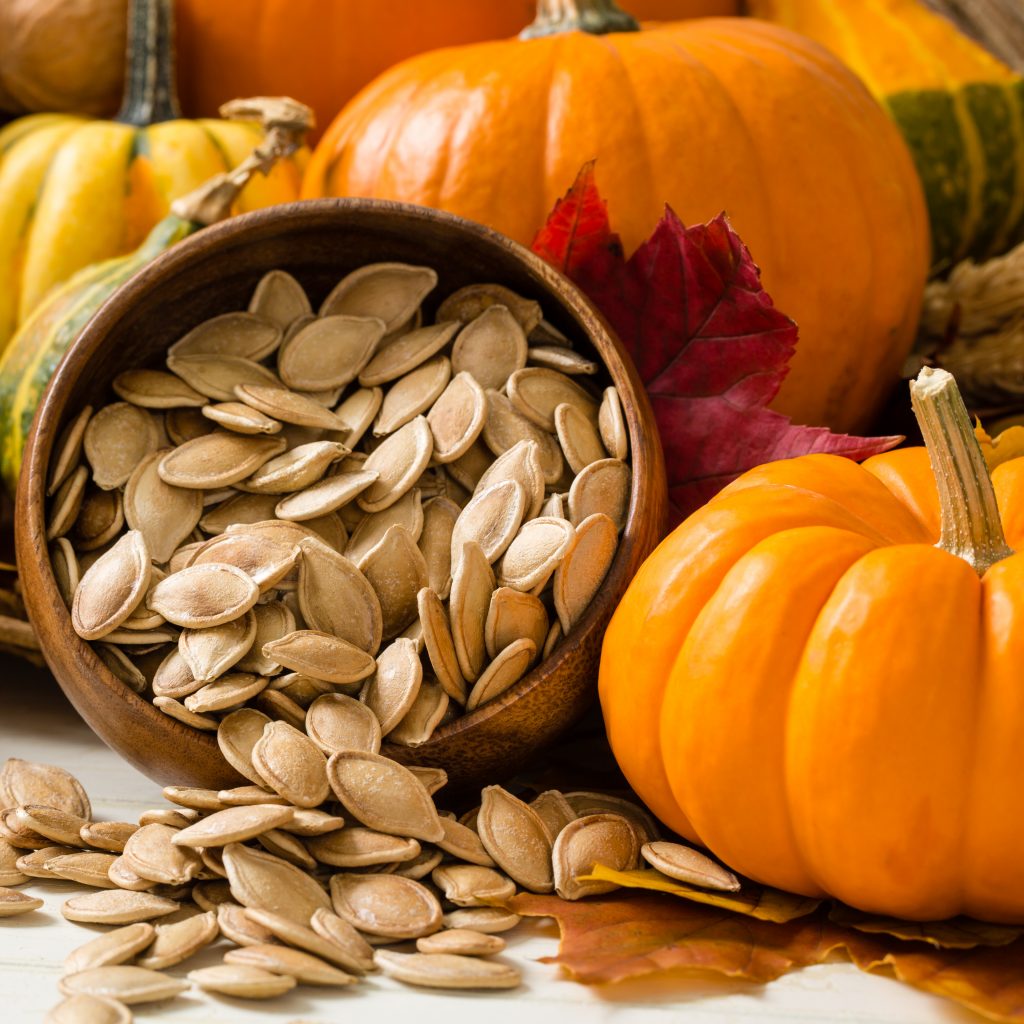Recently, through my own experience of joint pain, I started a journey of discovering what was causing my sudden knee and hip pain which led me to seeking a physiotherapist to help me fix the problem. To my surprise, the main factor was muscle weakness.
For most of us, when we think about arthritis, we usually can come up with the same causes like wear and tear from being active for many years, repetitive tasks at work, old injuries, and the big one: AGE! All of these are factors but as we now know so is nutrition, lifestyle and much more. But muscle weakness was a shocker to me considering I have been strength training for years so surely that couldn’t have been the cause! Well, after only a few sessions where I was given some very specific strengthening exercises, I was starting to feel better, so I had to re-think my concepts about arthritis. For this reason, I thought it was important to learn more because I know too many people who have started down the same path that I did which is feeling joint pain, to taking pain killers, to getting imaging, to surgery. My hope is that if dealt with early on and understanding what is actually happening, people can avoid more pain, more degeneration and surgery.
Let’s talk about imaging first because there are some interesting statistics that my physiotherapist pointed out to me that would surprise you. In a study of 115 asymptomatic adults, MRI abnormalities were found in %97 of knees: %48 had bone marrow lesion, %30 had meniscal tears, %21 had moderate tendonitis, and %3 had ligament ruptures. In a review of 1057 asymptomatic adults, impingement was identified via MRI in %37-%67. There are a lot more statistics like this but the point is this: normal age related changes begin to occur around the age of 25. Do not fear “abnormal” imaging results, because they are very common and are not directly associated with pain. In other words, if you get imaging done and the results show tears or arthritis you might be inclined to think about it negatively, worry, change the way you behave, stop being active etc., and that is not usually a good way to approach it. This was important for me to learn because I too started to slow down and start thinking about surgery. I was surprised when my therapist told me that she has seen plenty of 80-year-old patients who, based on their x-rays, had advanced arthritis but are still active and pain free!
Strength training is important in preventing and treating arthritis because stronger muscles mean stronger bones. During weight-bearing activity, the muscles and tendons apply tension to the bones, which stimulates the bones to produce more bone tissue. As a result, bones become stronger and denser and the risk of osteopenia, osteoporosis, and fractures decreases. Understanding that by strengthening muscles surrounding a joint will offset the load placed on joints means that you can lead and long, active life without joint pain. This is so important to understand, especially for our older population, because as we age, we tend to reduce our physical activity and even more so strength training when the opposite is going to help you lead a strong, healthy, pain-free life. It is especially important because as we age, we naturally lose muscle so we must do all we can to maintain and/or increase muscle tissue. Some other benefits of strength training are increased blood circulation to the joint which in some joints is minimal, fat loss, improved balance, improved mood, better sleep.
As I stated earlier, I have been strength training for years, so I thought I knew what it was all about, and I believed I was fairly strong. But it wasn’t until I started physiotherapy that I realized I really didn’t know much about strengthening the smaller muscles around joints and the muscles that don’t get much attention because they aren’t the “showy” muscles. But when I started with a few simple exercises with no resistance, I realized a couple of things: 1. How weak some key stability muscles were and 2. How I can really sweat without seemingly doing much at all! I also realized how valuable how valuable and underrated physiotherapists and the like are. We really need to put more focus on those professionals whose expertise it is to optimize the healthy functioning of our bodies to prevent injury and to stop the damage from progressing. Their expertise will help with proper form, understanding how much weight to use, using equipment incorrectly etc. We can use this expertise to capitalize our time dedicated to exercise which these days is limited and understanding that movement, even though is sounds counterproductive, is really the key to healing the damage done to joints.
https://www.sciencedirect.com/science/article/pii/S0021929019305949
https://www.ncbi.nlm.nih.gov/pmc/articles/PMC3606891/
https://www.mayoclinic.org/diseases-conditions/arthritis/in-depth/arthritis/art-20047971
https://www.ncbi.nlm.nih.gov/pmc/articles/PMC3606891/
As a retired registered massage therapist, I’ve always been interested in health. I grew up loving sports so that carried into my adult life in my chosen career paths and in my personal life. I now stay active with weight training, hiking and biking. My professional life has always been in health care. This has inspired me to seek out and adopt a life of natural health and wellness.


